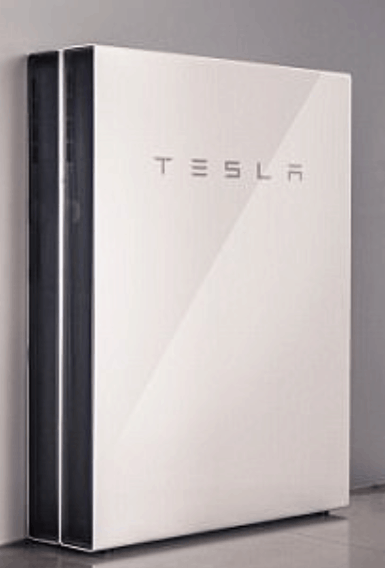Western Australian based tech company Power Ledger have extended their solar trading trial – let’s take a look at what stage 2 of the company’s p2p renewable trading scheme will encompass.
Solar Trading and Power Ledger
Power Ledger’s blockchain technology has been used since November 2018 to track the transactions of rooftop solar energy traded between 18 households in Fremantle, Western Australia.
The Fremantle Smart Cities project was titled RENeW Nexus and its goal was to demonstrate peer-to-peer energy trading between residential houses.
Project partners included Curtin University, government-owned retailer Synergy, Western Power, the government-owned network operator, and the City of Fremantle itself.
The trial works by utilising Western Power’s existing network with Synergy’s customers. The Power Ledger platform allows households to buy and sell excess rooftop solar energy in real-time, with residents able to view electricity usage in 30-minute intervals, rather than waiting for their quarterly bill.
Since the trial started in November 2018, Power Ledger has processed almost 50,000 transactions on its platform per month and tracked over 4 megawatt hours of peer-to-peer renewable energy trades. Safe to say it’s been a roaring success, so they’re off to start the second phase of their trial.
Power Ledger are also working outside of Australia in varied capacity:
- Silicon Valley Power in the City of Santa Clara alongside Clean Energy Blockchain Network
- BCPG T77 Thailand
- Kansai Electric Power Co. (Phase 1)
- Vicinity Castle Plaza
Saving With Solar Interview with Power Ledger
We had a chat to Power Ledger about the exciting second phase of their renewable energy trading scheme
How many trial partners will be involved in stage 2?
VPP 2.0 (Virtual Power Plants 2.0)
According to a roadmap for Power Ledger released on Medium last year, the goal is to enact VPP 2.00 – which will allow a lot of options for households who want to trade solar. It also factors in ideas for a two-way electricity grid and options for households to assist the grid – be that through capacity, frequency control, or voltage support.
We see VPP 2.0, or Virtual Power Plants 2.0, as a natural extension of our peer-to-peer functionality, tying all our other products together. xGrid will evolve into an optimized model of a virtual power plant, to create a conduit for the transaction of value between the owners of distributed energy resources and multiple counterparties.
Self-executing smart contracts will integrate with physical switches in the network, creating an autonomous power market with secure value transfer between consumers, energy markets and networks. For example, a household with solar may normally be trading energy in a P2P market, until they are offered a higher rate by the network to provide capacity, frequency control, or voltage support.





